
| Darin McQuoid | Blog | Reviews | Tutorials | River Directory |
Nikkor-S
5.8cm f/1.4


Six
Aperture Blades
Weight: 12.5oz
Filter Size: 52mm
Weight: 12.5oz
Filter Size: 52mm
Some lenses are
respected and
well known for reliable performance. But what about cult lenses?
Despite flaws and relative
obscurity, cult lenses remain popular in a small niche. The Nikkor-S
5.8cm f/1.4 is a cult lens. Produced in a short run from 1959 to 1962
with slight external variations, you don't see too many of these
around. From what I've seen they're generally either beat to hell or
pristine collectors items. My first was in terrible shape, stiff
focusing, scratched front element and it wouldn't even focus to
infinity. The filter threads were all dented up, so I took the glass
out of a cheap UV filter and permanently screwed that in. The dented
filter seems like a common problem with these aluminum nosed lenses, as
my second one has a whole new filter thread grafted on with epoxy.
Seriously, people must love these lenses to put that kind of work in.
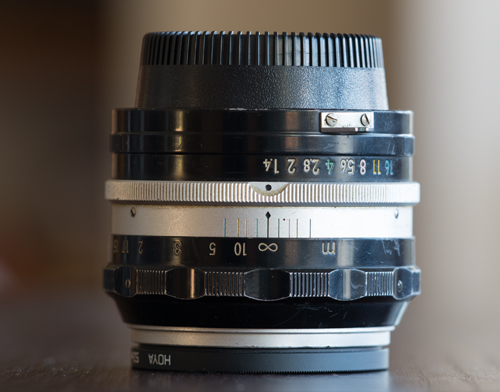

Stopped down it's pretty boring, standard 50mm range stuff, sharp all over. One thing that's nice is a lack of any color fringing.
Laura
Farrell in Japan.
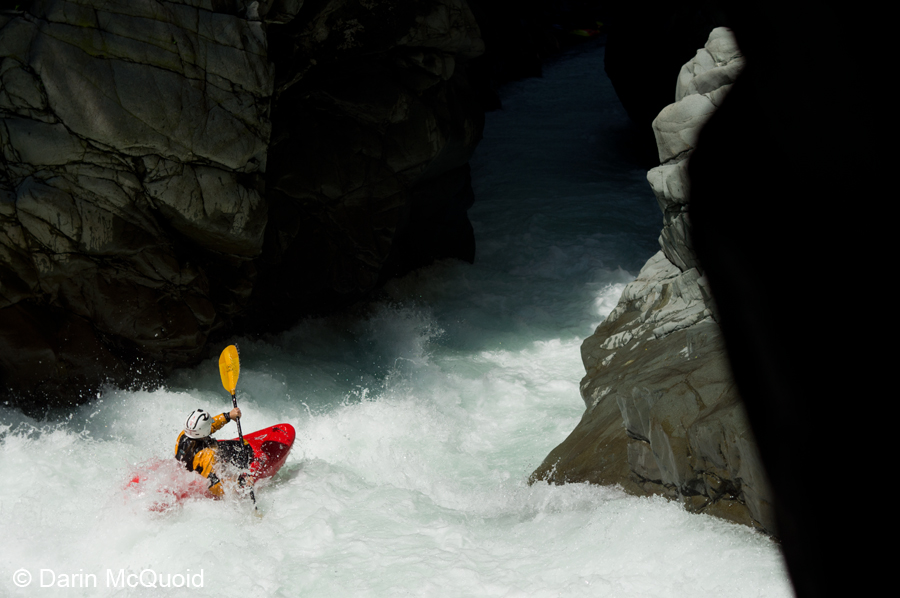
Sony NEX-5N, Nikkor-S 5.8cm f/1.4 @ 1/4000 f/4 ISO 100
unsharpened crop

Sony NEX-5N, Nikkor-S 5.8cm f/1.4 @ 1/4000 f/4 ISO 100

Sony NEX-5N, Nikkor-S 5.8cm f/1.4 @ 1/4000 f/4 ISO 100
unsharpened crop

Sony NEX-5N, Nikkor-S 5.8cm f/1.4 @ 1/4000 f/4 ISO 100
Most of the image stays decently sharp from f/2.8 and beyond. Still impressive with the color fringing. The 24-70mm f/2.8 envies this sixty year old lens.

Sony NEX-5N, Nikkor-S 5.8cm f/1.4 @ 1/800 f/2.8 ISO 800

Sony NEX-5N, NikkorS 5.8cm f/1.4 @ 1/800 f/2.8 ISO 800
The lack of fringing makes this lens nice enough, and it's sharp stopped down. But what makes it a cult lens? It's totally ambiguous and subjective. It draws in a unique way at f/1.4 and f2.
Daniel Brasuell in Japan at f/2

Sony NEX-5N, Nikkor-S 5.8cm f/1.4 @ 1/250 f/2 ISO 1600
The background blur or as people love to say, bokeh, can swirl at wide apertures.
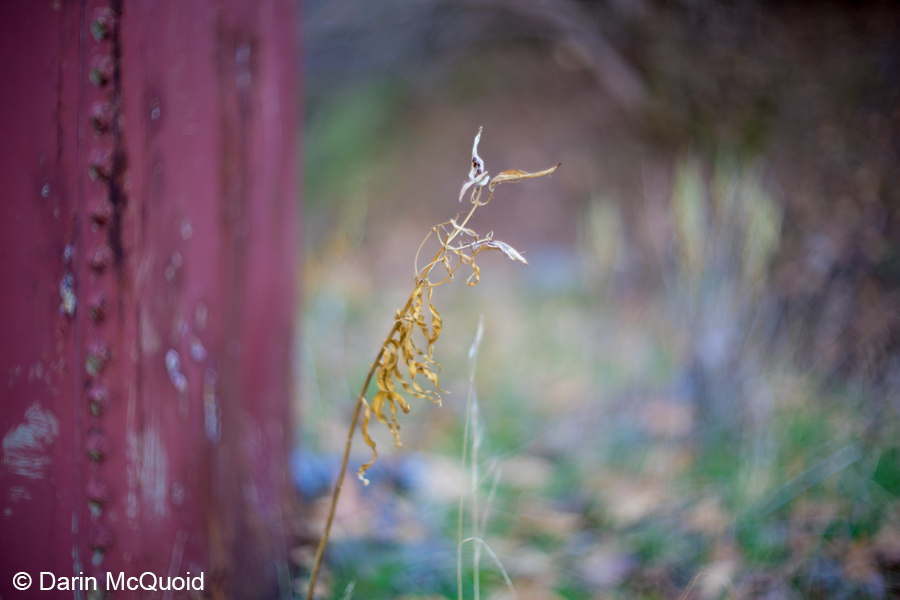
Sony A7, Nikkor-S 5.8cm f/1.4 @ 1/160 f/1.4 ISO 100
At 1.4 there is a small sharp section in the central area but sharpness quickly falls off.
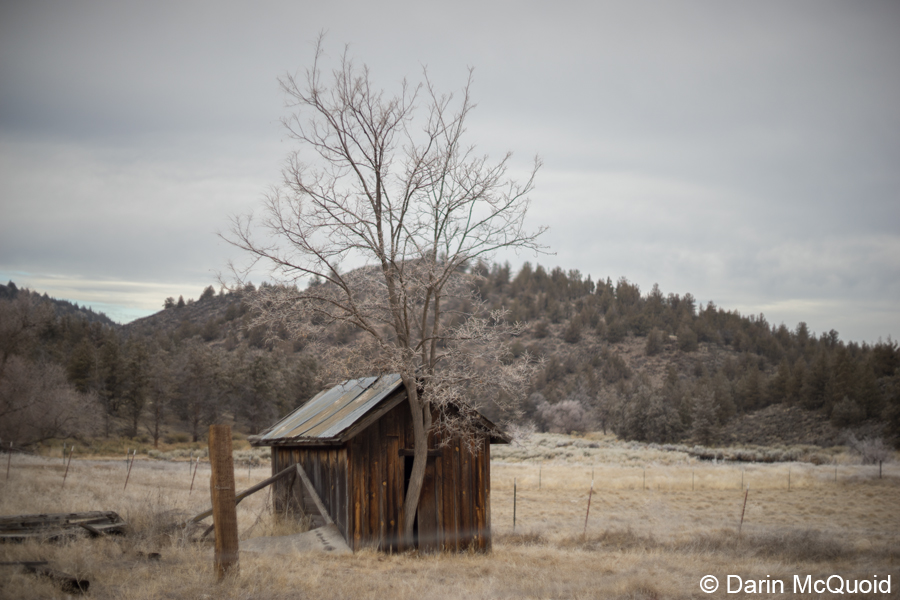
Sony A7, Nikkor-S 5.8cm f/1.4 @ 1/2500 f/1.4 ISO 100
Perhaps
because it has so little contrast, there is no purple fringing in high
contrast areas, but there is some green longitudinal chromatic
aberration as we leave the area of focus.
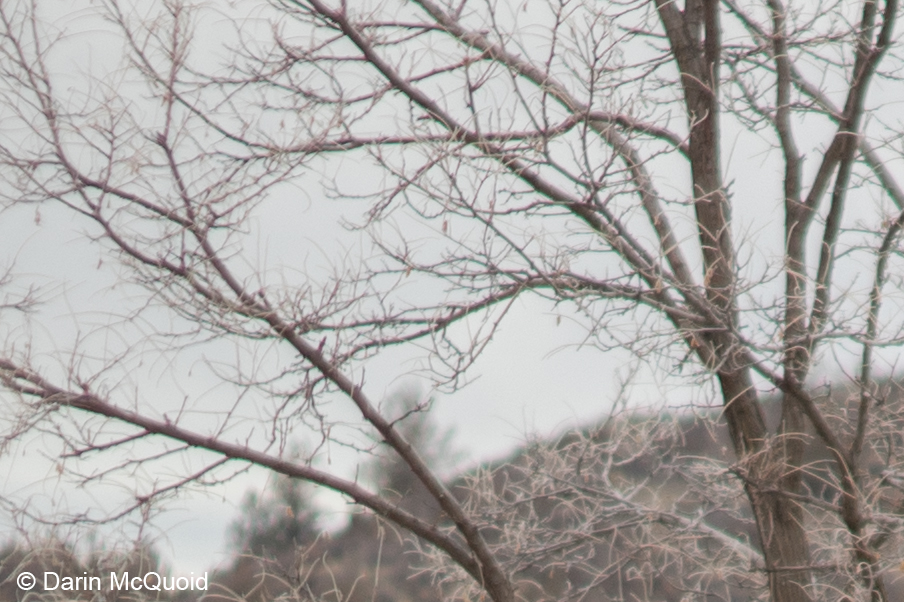

Sony A7, Nikkor-S 5.8cm f/1.4 @ 1/400 f/2 ISO 100
David Maurier in Japan

Sony NEX-5N, Nikkor-S 5.8cm f/1.4 @ 1/400 f/2 ISO 800
Build: 8/10
- All metal
but apparently the filter ring dents pretty easily.
Handling: 10/10 - Not much to handle with no zoom, but the focus ring is buttery smooth on a copy in good shape.
Performance: 7/10 - If you're looking for the sharpest 50mm this isn't it, yet not that far off from the modern variety.
Value: 5/10 - Price varies wildly, $100 to $600.
Overall: 10/10 - On a subjective level one of my favorite lenses.
There are cheaper, lighter, sharper 50mm lenses for kayaking. It's worth noting this was one of the last Nikkor lenses of the hand made variety if you read how their production advanced on the replacement model. After quite a bit of use I agree that this lens has something special outside test charts and measurbation. It doesn't always show up, and maybe it would if another lens was used in the same situation? Then again why does it have a small dedicated following? I do know I wouldn't pay $600 for it, but a beat up one for under $200 is worth consideration if you want something unique.
Other links:
Lenstip
Handling: 10/10 - Not much to handle with no zoom, but the focus ring is buttery smooth on a copy in good shape.
Performance: 7/10 - If you're looking for the sharpest 50mm this isn't it, yet not that far off from the modern variety.
Value: 5/10 - Price varies wildly, $100 to $600.
Overall: 10/10 - On a subjective level one of my favorite lenses.
Practicality for kayaking: 5/10
There are cheaper, lighter, sharper 50mm lenses for kayaking. It's worth noting this was one of the last Nikkor lenses of the hand made variety if you read how their production advanced on the replacement model. After quite a bit of use I agree that this lens has something special outside test charts and measurbation. It doesn't always show up, and maybe it would if another lens was used in the same situation? Then again why does it have a small dedicated following? I do know I wouldn't pay $600 for it, but a beat up one for under $200 is worth consideration if you want something unique.
Other links:
Lenstip